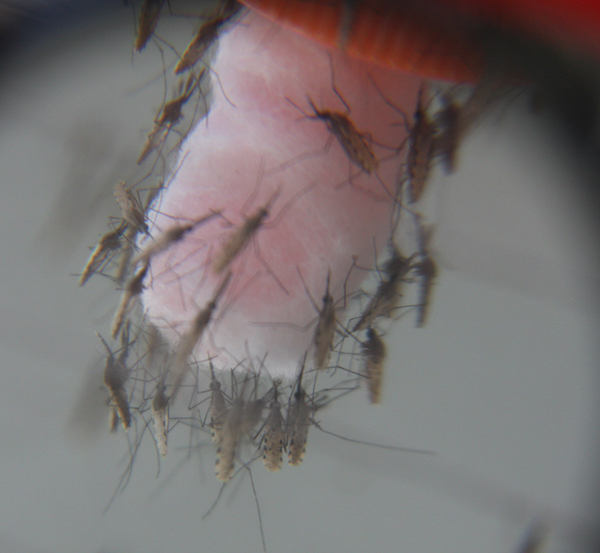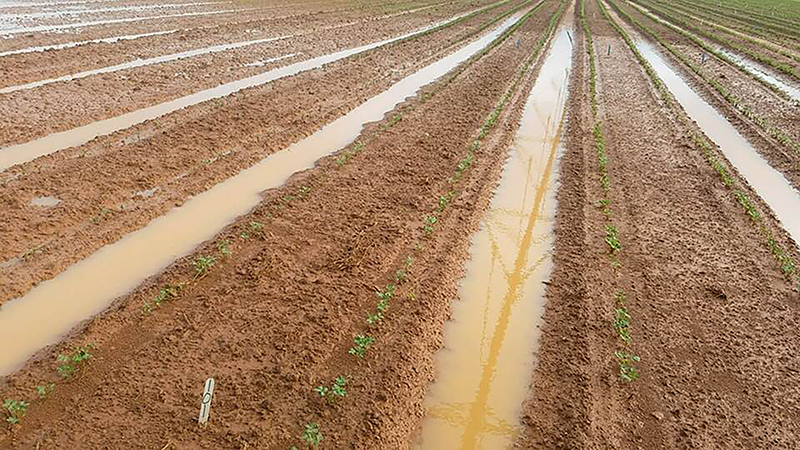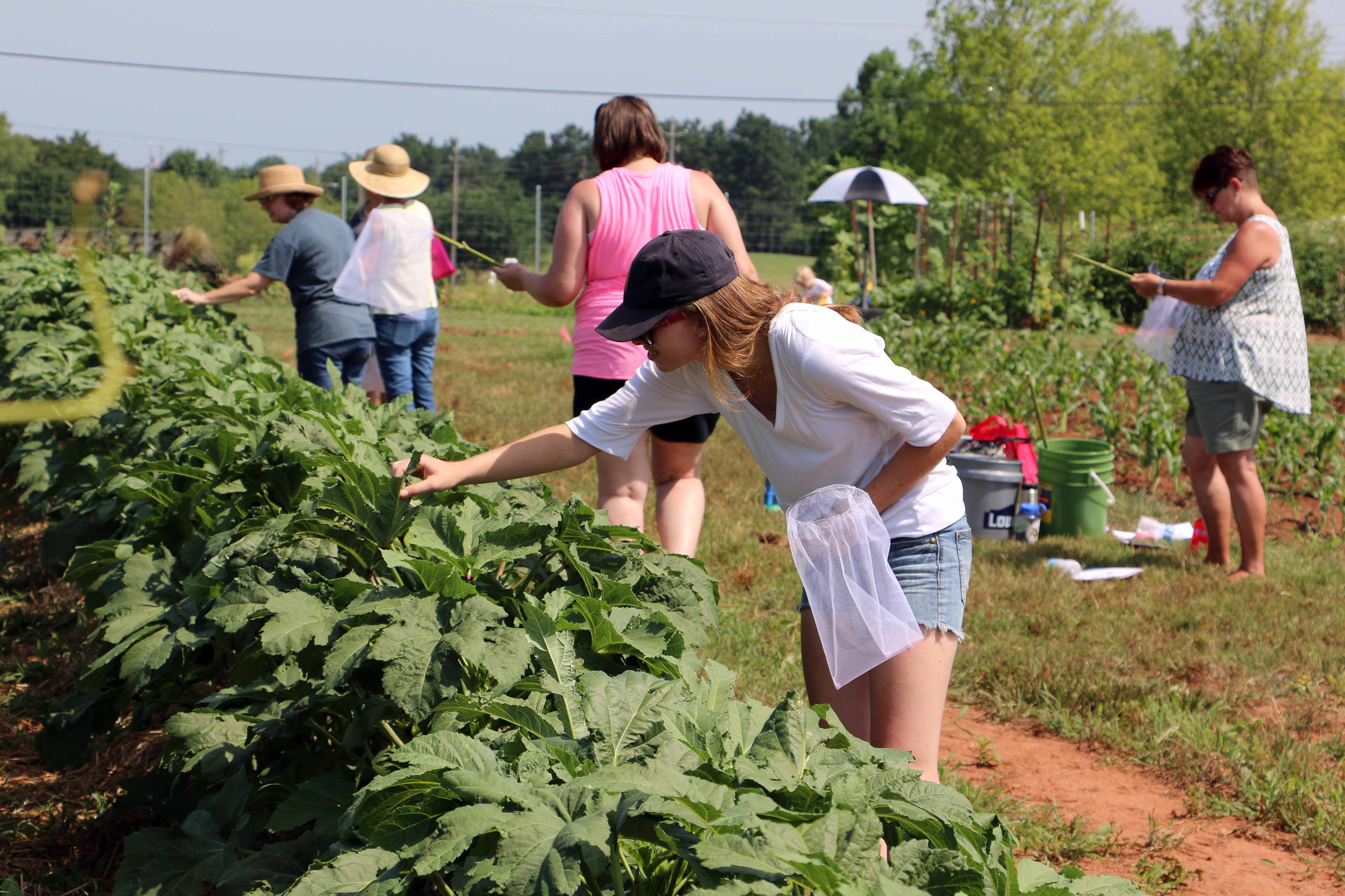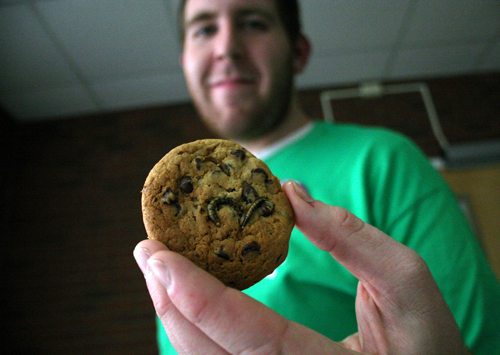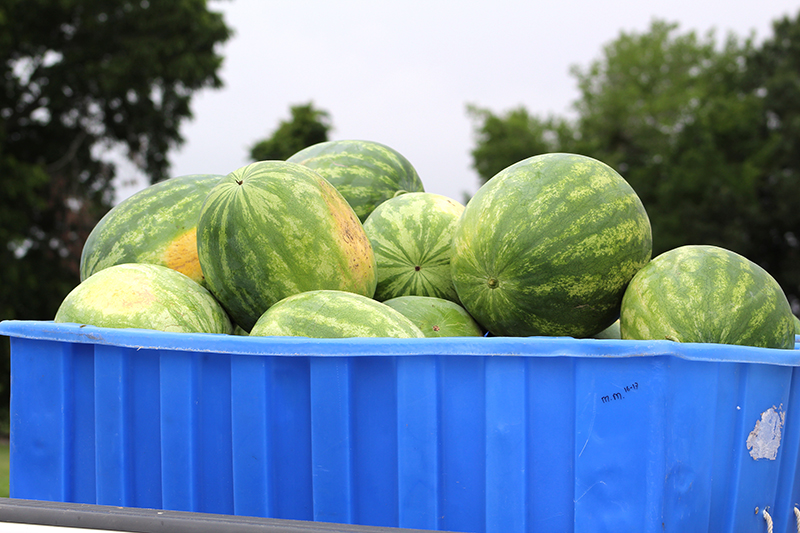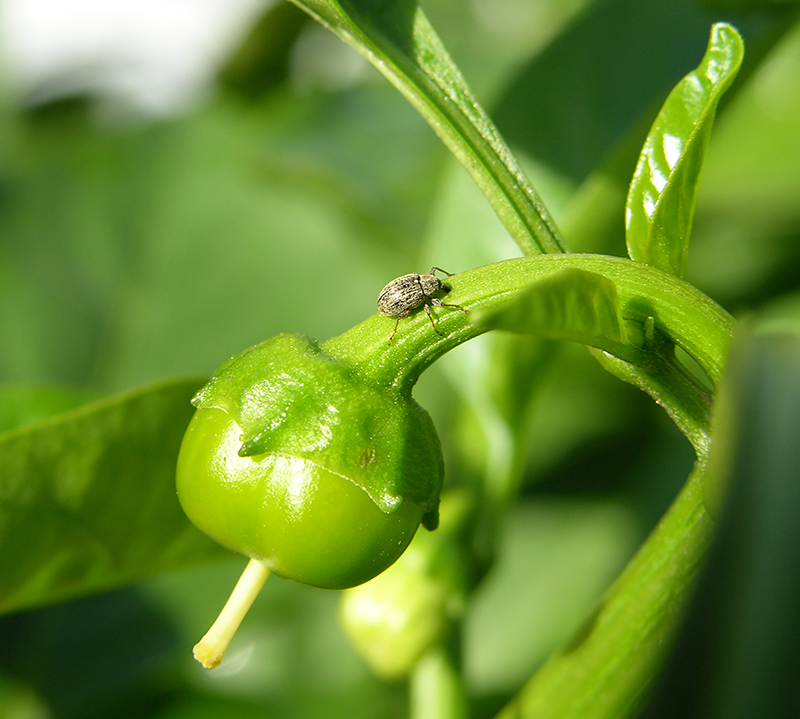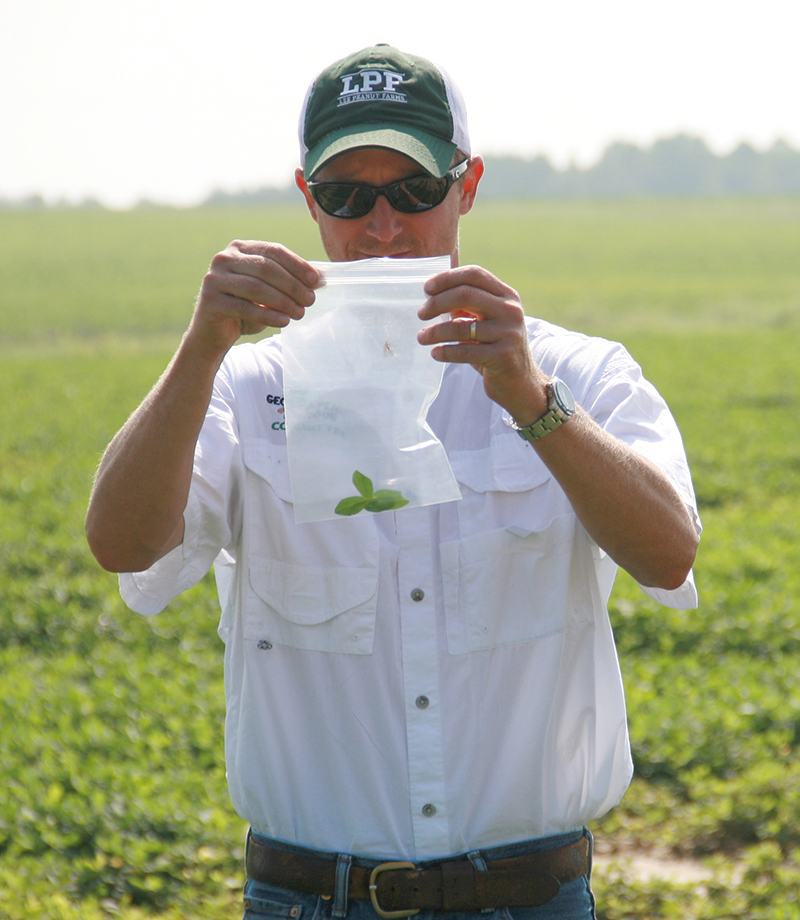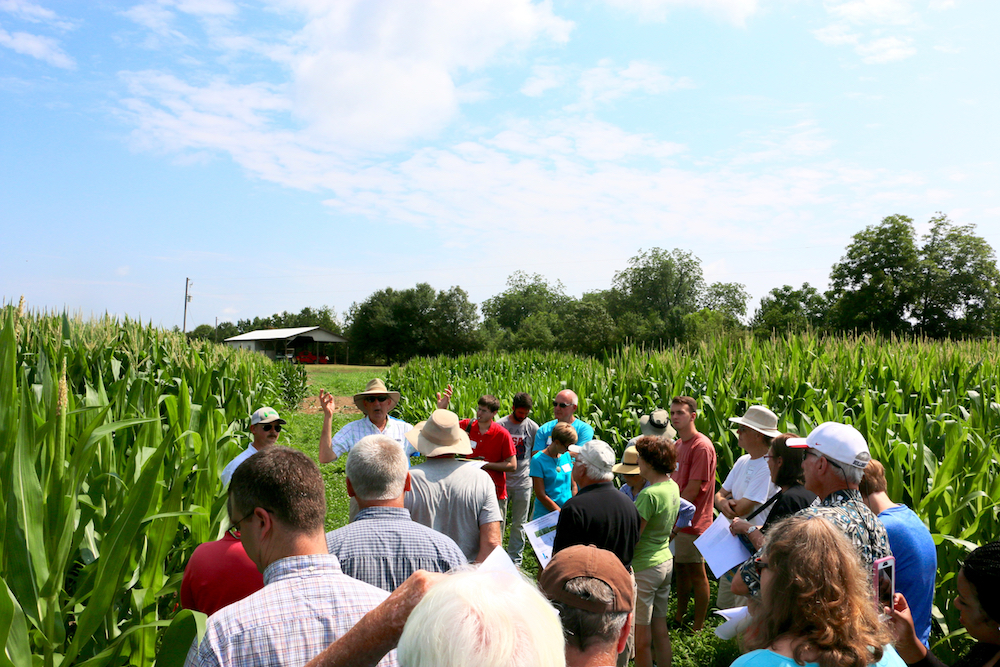 CAES News
CAES News
UGA's annual Organic Twilight Tour and corn boil on tap for late June
From pollinators and pumpkins to corn and cattle, June is a great time to learn about what’s happening on the University of Georgia’s agricultural research farms.

